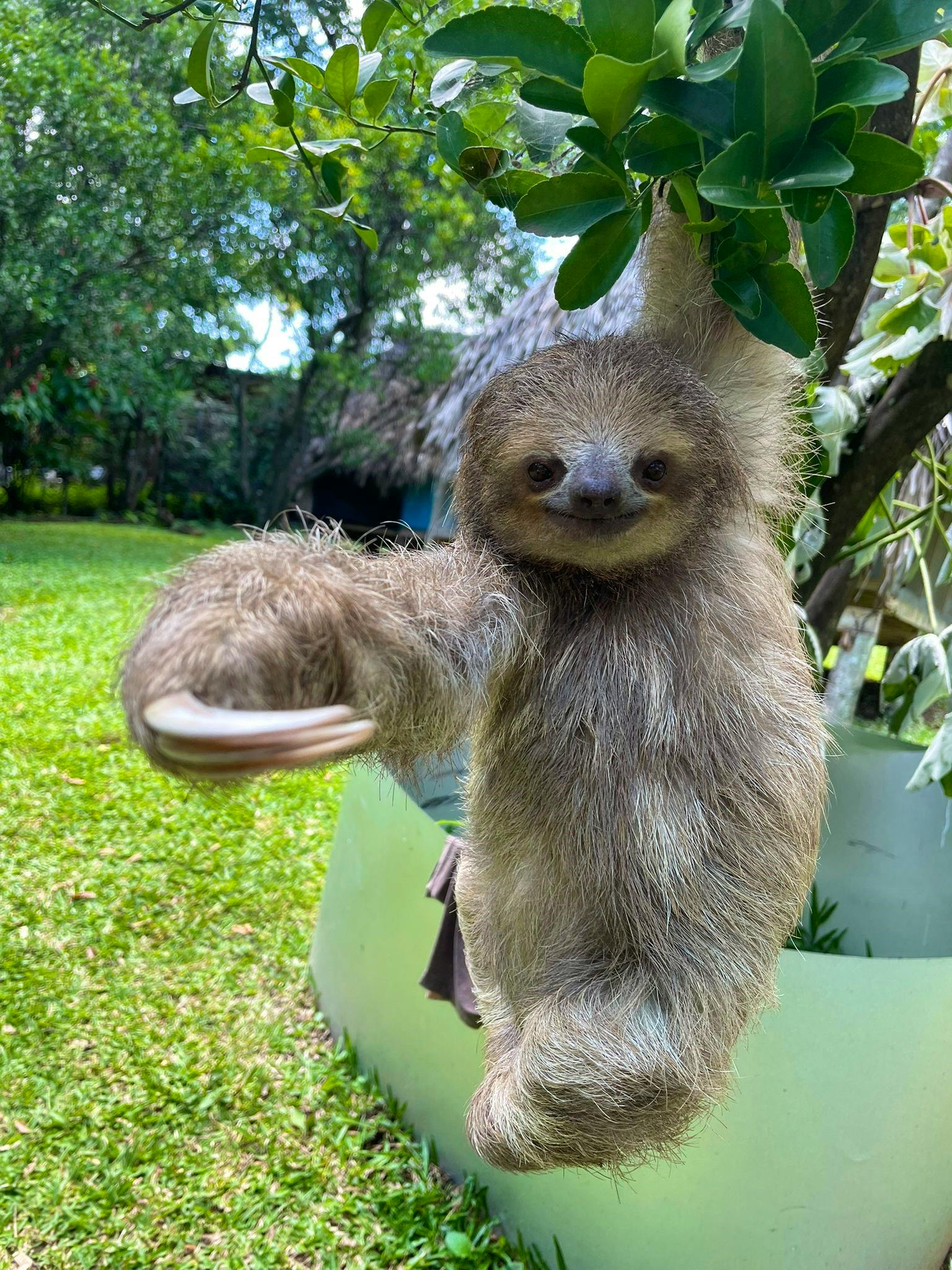Efficient Wildlife Removal Techniques for a Peaceful Home Atmosphere
In the pursuit of keeping a serene living room, property owners usually encounter the difficulty of wildlife invasions, which can interrupt the tranquility of their atmosphere. Executing effective wild animals removal techniques calls for a nuanced understanding of both gentle exclusion techniques and preventative actions.
Identifying Common Wildlife Intruders
Recognizing usual wildlife intruders is a crucial very first step in efficient wild animals management. Understanding the specific varieties that frequently infiltrate commercial and domestic spaces enables homeowner and wildlife specialists to implement targeted strategies for mitigating potential damage and health dangers. Common intruders commonly consist of raccoons, squirrels, bats, and numerous species of birds and rodents, each bringing distinct difficulties.
Raccoons, for example, are known for their mastery and can create substantial architectural damage while looking for food or sanctuary. Squirrels, with their propensity for gnawing, can damage electrical wiring, posing fire threats. Bats, while valuable for regulating insect populations, can end up being a problem when they roost in attic rooms, possibly spreading out diseases such as histoplasmosis. Birds, including pigeons and sparrows, usually develop unhygienic conditions with their droppings, leading to architectural destruction and health and wellness worries. Rodents, such as mice and rats, are well-known for their quick reproduction and ability to penetrate tiny openings, posing serious health dangers as a result of their ability to spread out conditions.
Humane Exemption Methods
Understanding the typical wild animals burglars is the structure upon which effective exemption methods are constructed. Identifying types such as raccoons, squirrels, and birds assists in developing humane exclusion techniques tailored to specific habits and entrance techniques. Exemption is a preventative technique aimed at refuting wildlife accessibility to homes and buildings, thus reducing the demand for more invasive measures.
The cornerstone of humane exemption involves securing prospective entrance factors. This includes fixing openings in roof coverings, wall surfaces, and foundations, along with installing smokeshaft caps and air vent covers. For smaller sized invaders like computer mice and bats, utilizing products such as steel woollen and caulk to secure gaps is necessary. In addition, making sure that home windows and doors are safe, which displays are intact, can even more deter access.
Another secret technique is using acoustic and aesthetic deterrents. Setting up ultrasonic tools or motion-activated lights can discourage nighttime wild animals. Changing the habitat by handling food sources, such as securing trash can and getting rid of bird feeders, also plays an important duty. These exemption techniques not just secure the home atmosphere however also respect the wild animals, permitting them to prosper in their natural environments without injury.
Safe Capturing Methods
When exemption methods want, safe capturing approaches become a required choice in wildlife administration. Capturing, when executed properly, provides a humane and reliable means of resolving an instant wildlife issue while making sure minimal stress and anxiety and harm to the animal. This strategy needs an understanding of both the behavior of the target types and the honest considerations involved in wildlife handling.
The very first step in secure capturing entails choosing the suitable catch type. Live catches, such as cage catches, are generally advised as they enable for the capture and launch of the animal in other places. These traps should be examined often to avoid undue tension or injury to the recorded wild animals. It is essential to follow local laws pertaining to capturing and relocation to make certain compliance with legal standards and wildlife conservation principles. animal control Burlington.
Furthermore, bait selection and placement are crucial parts in making sure successful trapping. Lure must be picked based on the dietary choices of the target species and purposefully placed to entice the animal right into the trap. When entraped, the pet should be handled with treatment, utilizing protective gear if necessary, to promote risk-free transportation and launch, thus preserving a balanced ecosystem and a calm home environment.
Preventive Home Modifications
While safe capturing techniques deal with prompt wild animals problems, lasting options frequently involve preventative home modifications to hinder animals from entering human spaces. Implementing these modifications not just boosts the security and comfort of your living setting however likewise decreases the likelihood of future wild animals invasions.
A vital aspect of preventative techniques is sealing potential access points. This includes checking and fixing any voids or fractures in the foundation, walls, and roof, as these can end up being accessibility paths for wild animals.
Landscape design alterations can additionally act as efficient deterrents. Trimming tree branches that overhang the roof covering and eliminating particles piles can remove paths and environments that draw in wildlife. Preserving a clean backyard by protecting garbage can and compost heap dissuades scavengers such as raccoons and marsupials.

## When to Call Specialists
Specialist intervention comes to be crucial in circumstances where wild animals issues go beyond the extent of Do it yourself solutions. Property owners may experience conditions where the intricacy or danger of the wild animals problem necessitates professional knowledge.
Additionally, invasions involving protected or threatened species require get redirected here a nuanced approach to abide by legal policies. Professionals are outfitted with the necessary authorizations and understand the legal frameworks controling the handling of such species. This makes certain that removal is performed fairly and within legal limits.

Finally, when wild animals postures a consistent problem regardless of repeated do it yourself efforts, specialist solutions can provide detailed evaluation and lasting remedies tailored to prevent recurrence - burlington wildlife rescue. Their proficiency not only deals with the instant issue but also safeguards the home atmosphere in the future
Conclusion
Implementing effective wildlife elimination strategies is crucial for preserving a calm home environment. With each other, these approaches develop an unified living area complimentary from wildlife disturbances.

These exclusion techniques not only protect the home setting but likewise respect the wild animals, permitting them to grow in their natural habitats without injury.
Applying efficient wildlife elimination methods is essential for maintaining a calm home environment.
Comments on “Comprehending the Need for Animal Control Burlington in Urban Environments”